Sommelier Liquidity AMA With Haxor From Method Finance
In our continuing series on projects that help liquidity providers in the Uniswap v3 world manage more complex market making strategies, Haxor, a developer at Method Finance, joined Zaki Manian to talk about liquidity positions in Uniswap v3 and how liquidity mining can be made more secure.

Method Finance Talks Liquidity Mining with NFT Vaults
At a recent liquidity provider’s AMA, Haxor, a developer on Method Finance, joined Zaki Manian, Sommelier cofounder who is working on bringing the protocol to life as it takes the Cosmos bridge technology and uses it to manage liquidity positions in Uniswap v3 and beyond. “I’m fixing test cases right now,” Zaki says.
Haxor describes what’s happening at Method Finance. “We’ve been working on this for about three months now. The idea is to make liquidity mining more secure by letting people lock their liquidity in a staking vault instead of a staking contract.”
About the team at Method Finance:
“We’ve been working in the space for about four years now. We’ve gone to vendors for a few projects. We’ve worked at companies that are alone in the space. So, we’ve been keeping an eye on what’s happening with DeFi and NFTs. There are a few projects that try to bridge NFTs with DeFi and we kind of got inspiration from one of them and thought it was a really cool use case for NFTs. Haxor explains:
“We launched our first version, about the first week of April. The vault can lock the NFT tokens inside it. The idea is to have Uniswap LPs, or anyone who is pro adding liquidity, stake their NFT tokens to the vault and still earn the rewards that the protocol gives out in the form of a token.”
“To be honest, it’s not a new concept. There are a few projects that are trying to do the same thing. The major concern we are trying to address is trying to reduce the surface area for attacks. So, there have been bugs in making contracts that allow people to withdraw their tokens and get more rewards than they should. We saw this as an opportunity to do the whole liquidity mining in a new way.”
How Method Finance found traction
That’s how Method Finance found traction. Haxor explains:
“The first 24 hours after we launched, 1000 NFTs had been minted even with the gas fees of $100 to mint an NFT. People minted them, started staking metatokens, and started earning rewards.
How much liquidity or TVL has locked into Method Finance? Says Haxor:
“We had around in the high single-digit millions or low, double-digit millions, I don’t know the exact number. So, when we had the APY, it was very high, because we were a new project, a lot of people didn’t know about it. But, we had a constant rewards per block and debt proportionately distributed. So, there aren’t many people who are participating in the program so the APY was very high.
“We’re working on getting some partnerships into place. I think we will be the first case when a project uses the Universal Vault Standard from Ampleforth. Standardized for external DeFi projects to interact with something called a vault. You can think of a vault as a wallet that is programmable. If you look at MetaMask, or an Argent or any of these wallets, they’re not super programmable. They can be integrated with different protocols, but there is no standard interface to interact with the wallet. That is what the Universal Vault Standard is trying to do, is to create this generic standardized interface so that there can be easy integrations with the wallet.
“I’ve come across a lot of projects that are using the same concept. A recent example is Titan, which imploded yesterday. That was a sad story. If you go on their UI on the web interface you’ll see that there is a feature where you can mint a vault and stake your tokens into the vault. That is exactly what we’re doing right now. I don’t think there’s consensus still on what the standard should look like. Developers should get together on a call and try to decide what a standard should look like.
“We initially thought about using the vault to manage the position of the economic ranges in the v3 pool, but decided not to do that because there are at least two other projects that I know of that are trying to do the same thing. So, we wanted to stick to our original vision of using the vault as a secure place to store NFT tokens and use that for liquidity mining. So, we’re still working on that idea. We’re trying to get that message out into the world that there’s a better way of staking and participating in liquidity mining. So, we did this three or four weeks after we launched.”
Zaki asks: “How does it relate to the Uniswap v3 staking contracts?”
“To be honest, I haven’t provided liquidity to any v3 pool yet,” says Haxor. “But, it looks like they all came, seen in the TVL. I guess it’s more efficient and people are finding it more well built. I think it was Ameen Soleimani who said he made $5 or $10 in a day or so. That’s capital efficiency.”
What capital efficiency means to liquidity mining
The rewards you’re getting for use of capital are higher, Haxor explains:
“Previously, you had to lock up, let’s say, $10 million to generate a 10% return. I guess you could do that with $1 million now. Because especially if you are providing liquidity to a stablecoin pool, like USDC/USCT, you don’t have to spread your liquidity for a big range. You can say all my capital will be in use for providing liquidity between nineteen cents and a dollar and a cent.”
When asked to look ahead to liquidity mining on Uniswap v3 or others, Haxor said:
“No. We are not doing anything with Uniswap v3. I think Advisor and Elixir are two companies that are already doing it so there’s no need for us to do it also. I haven't explored how to maximize returns. I don’t know how providing capital for a specific range generates higher returns for use of capital deployed. No need to explore that space because other people are working on it.”
Haxor explains the Method Finance vision for where to take the NFT vaults and how it will grow and continue to flourish in DeFi. “We want to see it being used in the wild. So right now the only token that has been used for liquidity mining is our own token. So, we are trying to get partnerships with other projects to use the vault to run their liquidity projects.”
Philosophy of AMMs battling and changing
Haxor explains that as long as there is a concept of a pool and people are providing liquidity in the pool there is going to be something that represents their share in the pool. That doesn’t change. “What we’re building will still be useful, he says. “Maybe we’ll see a new design for exchanging value that doesn’t involve a pool. In that case we’ll have to see how to modify what we’re building to suit that use case.”
The Method team has five people. Haxo says:
“There is enough of an idea to create it now. We are looking to come up with an incentive mechanism for anyone to contribute to the project, in terms of writing code, writing docs, creating educational materials, all of that. So we might now hire anyone full time. We’re looking for a DAO structure where people contribute what they can and get paid for that.”
Zaki observes: “I think we’ve found a couple of interesting market dynamics. On the one hand, there are a lot of projects that had their LP tokens locked into Uniswap v2, or SushiSwap, so the migrations are going to take some time and maybe potentially a lot of projects in the Uniswap v3 world.
“Once you get your Uniswap v3 liquidity mining program tuned right you can get a lot higher impact than in Uniswap v2, and I think that is going to unleash a new generation of liquidity mining innovation.”
How capital efficiency impacts liquidity mining
Zaki says that he thinks there are two things to consider when discussing capital efficiency and liquidity mining:
“There’s going to be a general market to make it easier to liquidity mine. The direction that Method Finance is going in is building tools for liquidity miners. Liquidity mining is going to become just a standard part of DAO operations. It already is and it will go further than that. But, there’s enough complexity here that it needs to be bundled and repackaged. And, there are going to be allocations of liquidity mining to automated vault solutions. Like, put your liquidity in this vault, the vault will ensure that it is concentrated appropriately, and we’ll just reward you for going to the vault. And you'll see vaults from Sommelier, Elixir, and Visor that enable this form of liquidity mining.
Then, on the other side, there is probably going to be a space for having a program for just letting people choose their own ranges. Which is more like the Uniswap v3 staking contract. Once these things are up and running DAOs can instantiate tokens into allocations between them and then sit back and know that the liquidity for the token is going to be taken care of.
Zaki indicates that the Method Finance Vault could certainly leverage Sommelier for automation and the validator set.
“The LP tokens from the Cellars are very much like the Uniswap v2 model, so if you can build a wrapper around Uniswap v2 tokens, probably the easiest thing to do would then be to just start adopting automated rebalancer Uniswap v3 tokens. Possibly do the same thing so you can run a liquidity mining program where someone is like ‘hey, I want to run liquidity in v2 and v3 vault.’”
Haxor replies,
“We definitely talked about it. We want to be differentiated. We want to build features that are not being offered by other projects. It wouldn’t be too hard for us to impart the v3 liquidity managing functioning to the vault. So we definitely have that at the back of our minds. If they want to have this feature indicated to the vault we will definitely build it.”
Today’s Alpha from Haxor
“We’ve been working on trying to get a project to use the vault and we found one on Polygon called Blackswap.”
More articles

Is Speculation Killing Crypto’s Future?

Sommelier's Path Forward: Embracing Revenue Over Narrative

Sommelier January Update
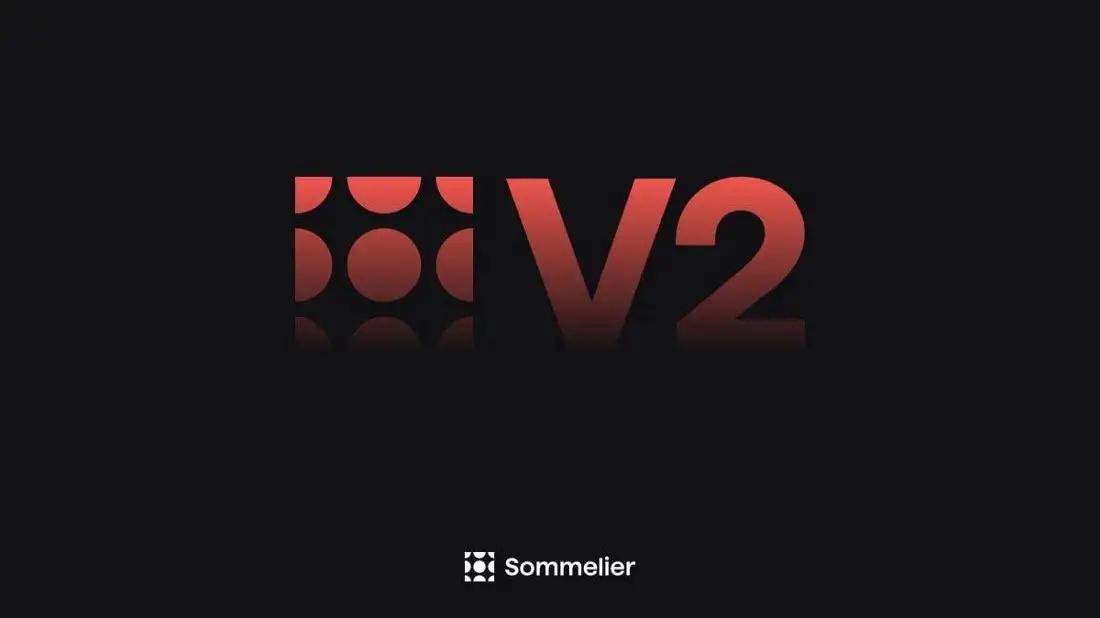
Sommelier Upgrades Cellar Architecture to Enable the Most Powerful DeFi Strategies in the Market

Real Yield USD is Coming to Maximize Stablecoin Yield

Retrospective on 2022 and the Journey Ahead

FAQ - Patache Digital’s Steady Strategies
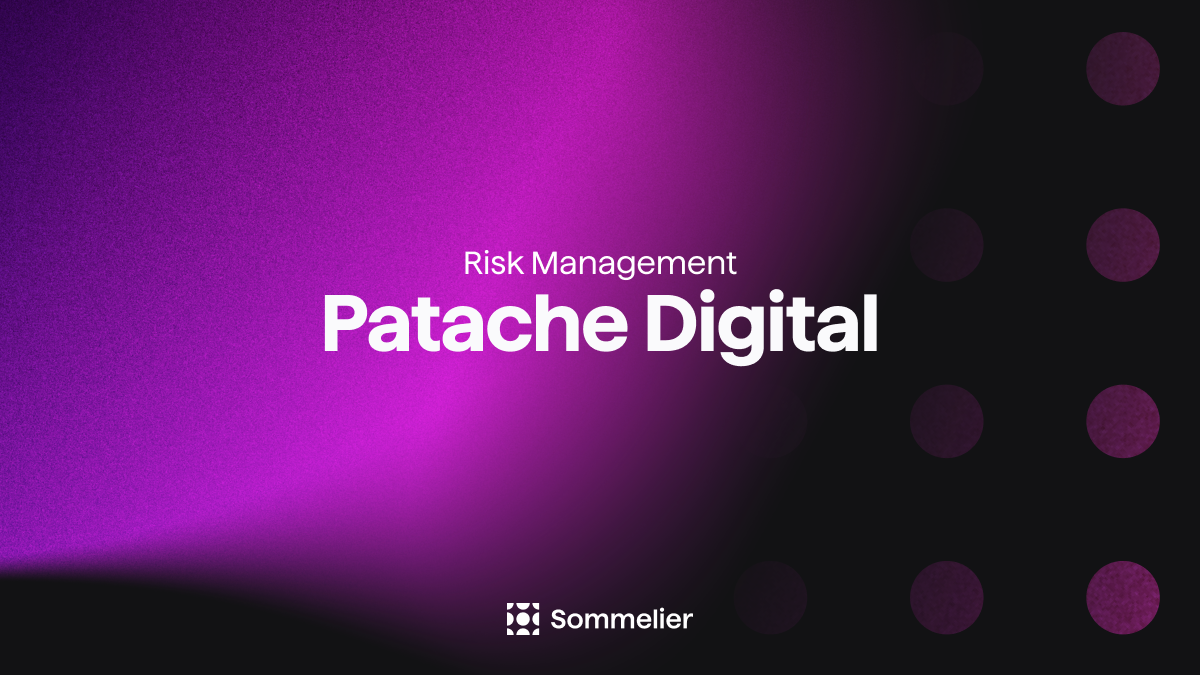
Patache Digital: Risk Management Discussion

Strategy Deep Dive: Patache Digital

Strategy Provider Spotlight: Patache Digital

User Guide: How to Participate in Strategies on Sommelier

Sommelier Ambassador Program

Strategy Tokens: What Are They and How Do They Work?

6 Core Principles of Sommelier

10/10/22 - Deep Dive on Cleargate Backtesting

Strategy Provider Spotlight: Seven Seas

Deep Dive on Trend and Momentum Strategies

Strategy Provider Spotlight: ClearGate

Supporting Strategy Providers on Sommelier

Sommelier Protocol Team Weekly Update #11

ELI-5 Explanation of the Data Science behind Sommelier’s First Aave Cellar

Sommelier Protocol Team Weekly Update #10
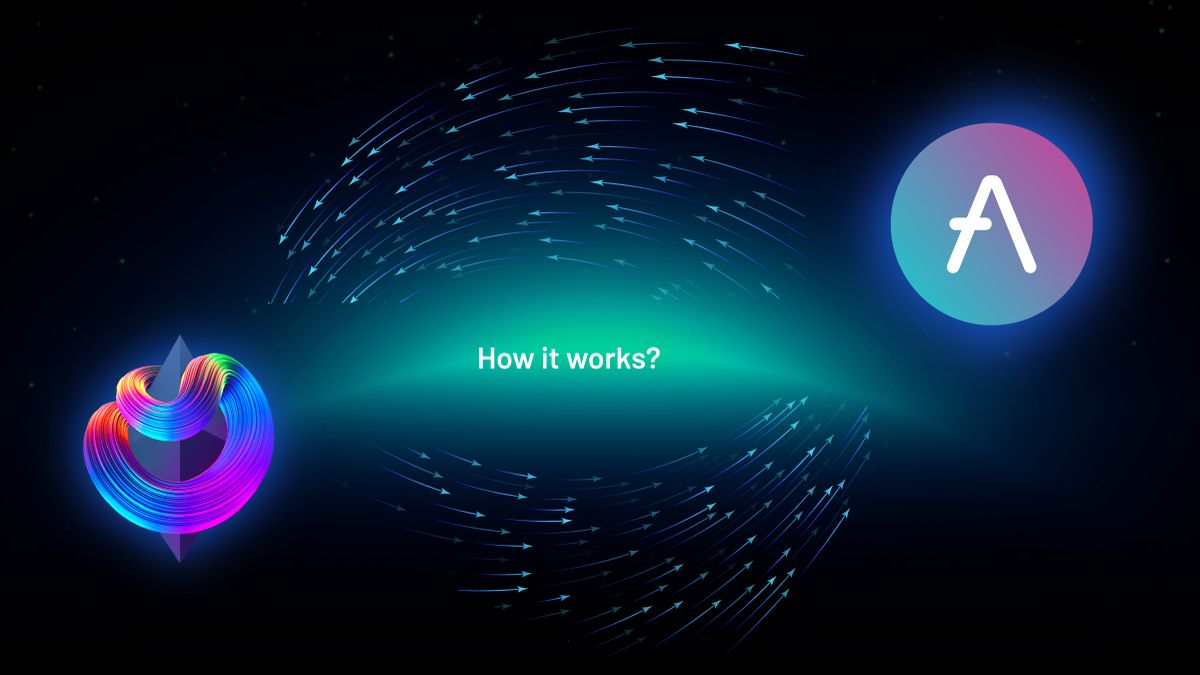
The Data Science Behind Sommelier’s First Aave Cellar
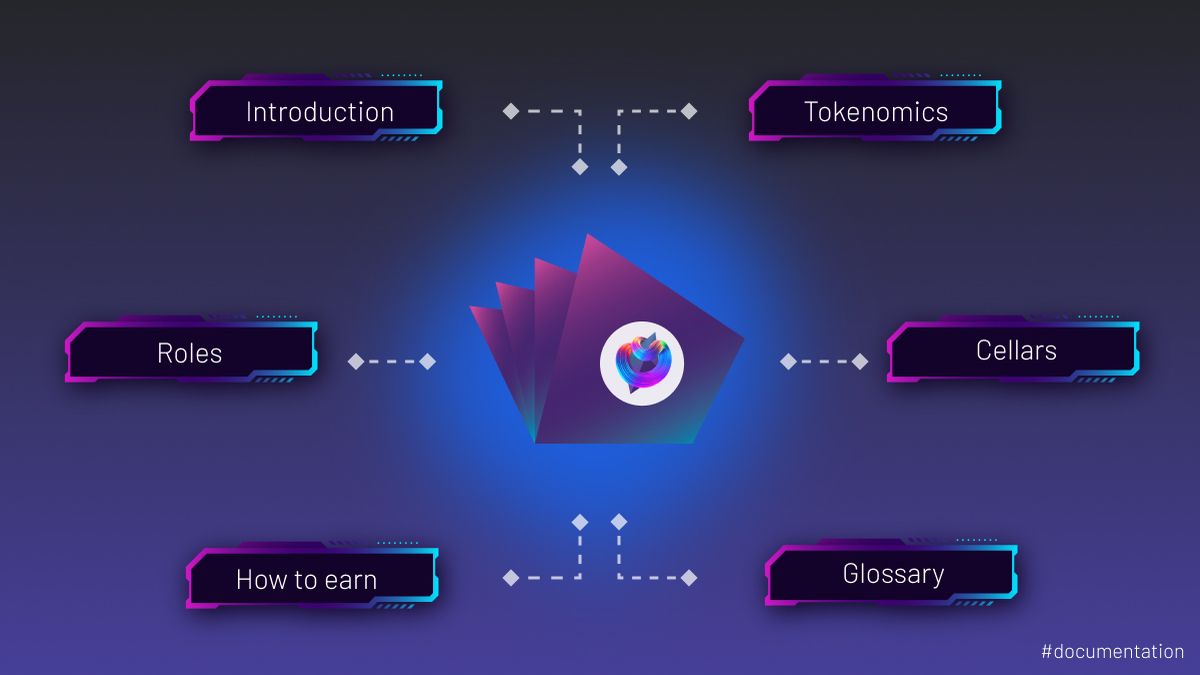
Sommelier Protocol Design Documents

Sommelier Protocol Team Weekly Update #9

Sommelier Protocol Team Weekly Update #8

Sommelier Protocol Team Weekly Update #7

Twitter Spaces With Sommelier: How to Launch a Cellar on Sommelier

Twitter Spaces With Sommelier: Protocol Upgrade and Community Update

Sommelier Protocol Team Weekly Update #4

Sommelier Protocol Team Weekly Update #6

Twitter Spaces With Sommelier: SOMM Airdrop Proposal Data Analysis

Twitter Spaces With Sommelier: Community Update on the First Cellars to Launch
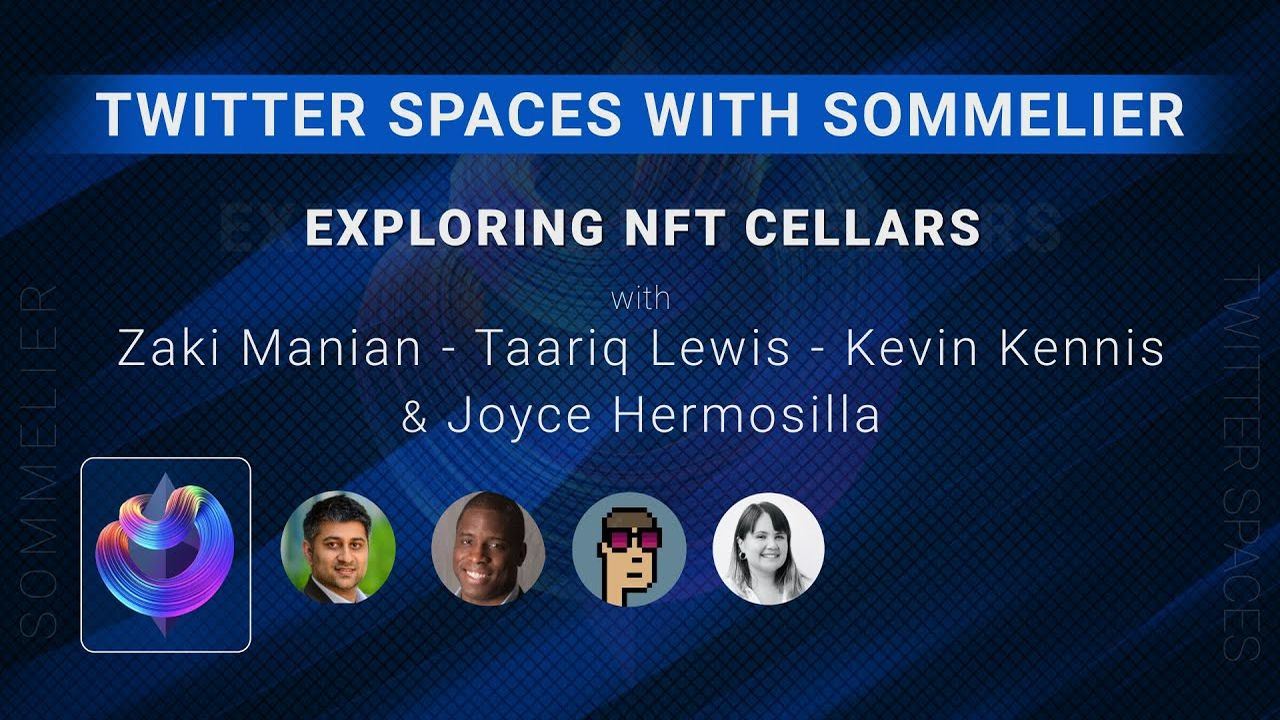
Twitter Spaces With Sommelier: Exploring NFT Cellars

Sommelier Protocol Team Weekly Update #1
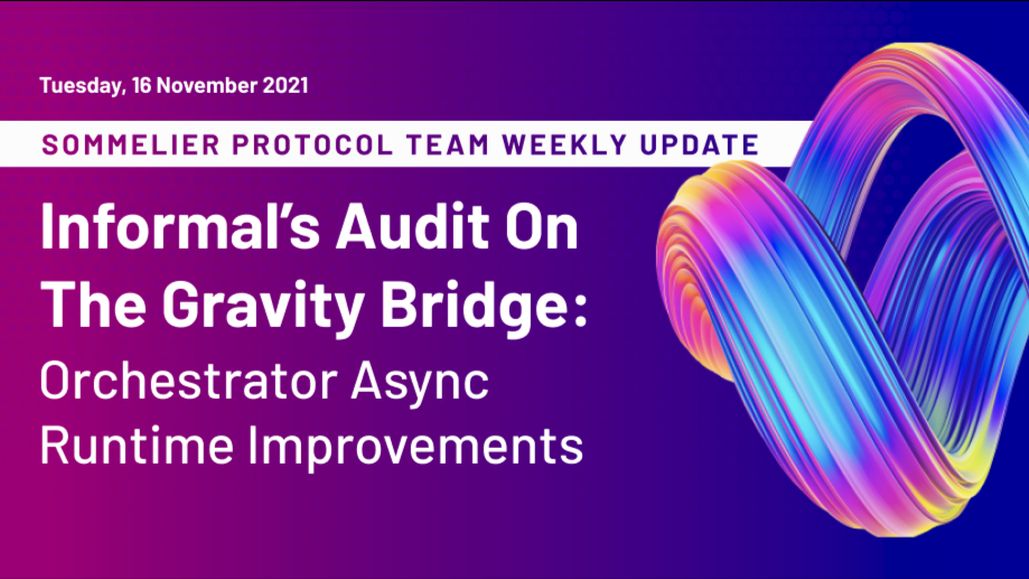
Sommelier Protocol Team Weekly Update #2
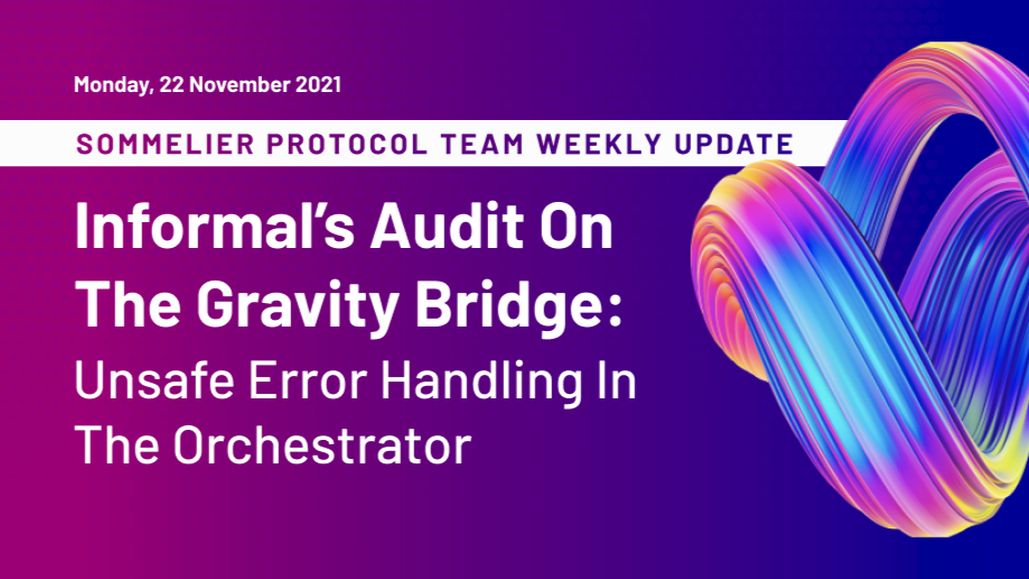
Sommelier Protocol Team Weekly Update #3

Three Things You Need to Know About Sommelier Governance This Week
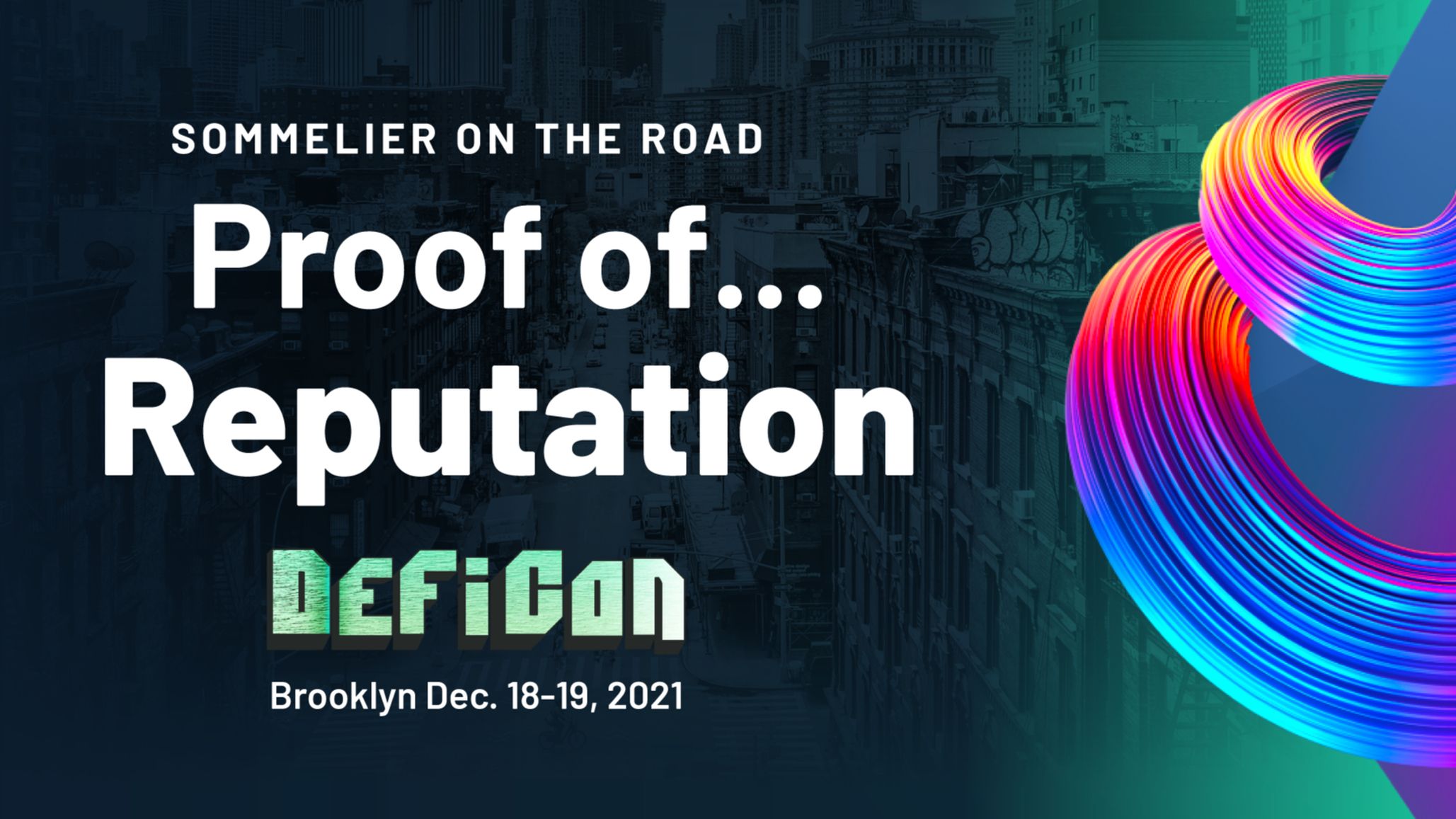
Sommelier On the Road: PROOF OF…REPUTATION
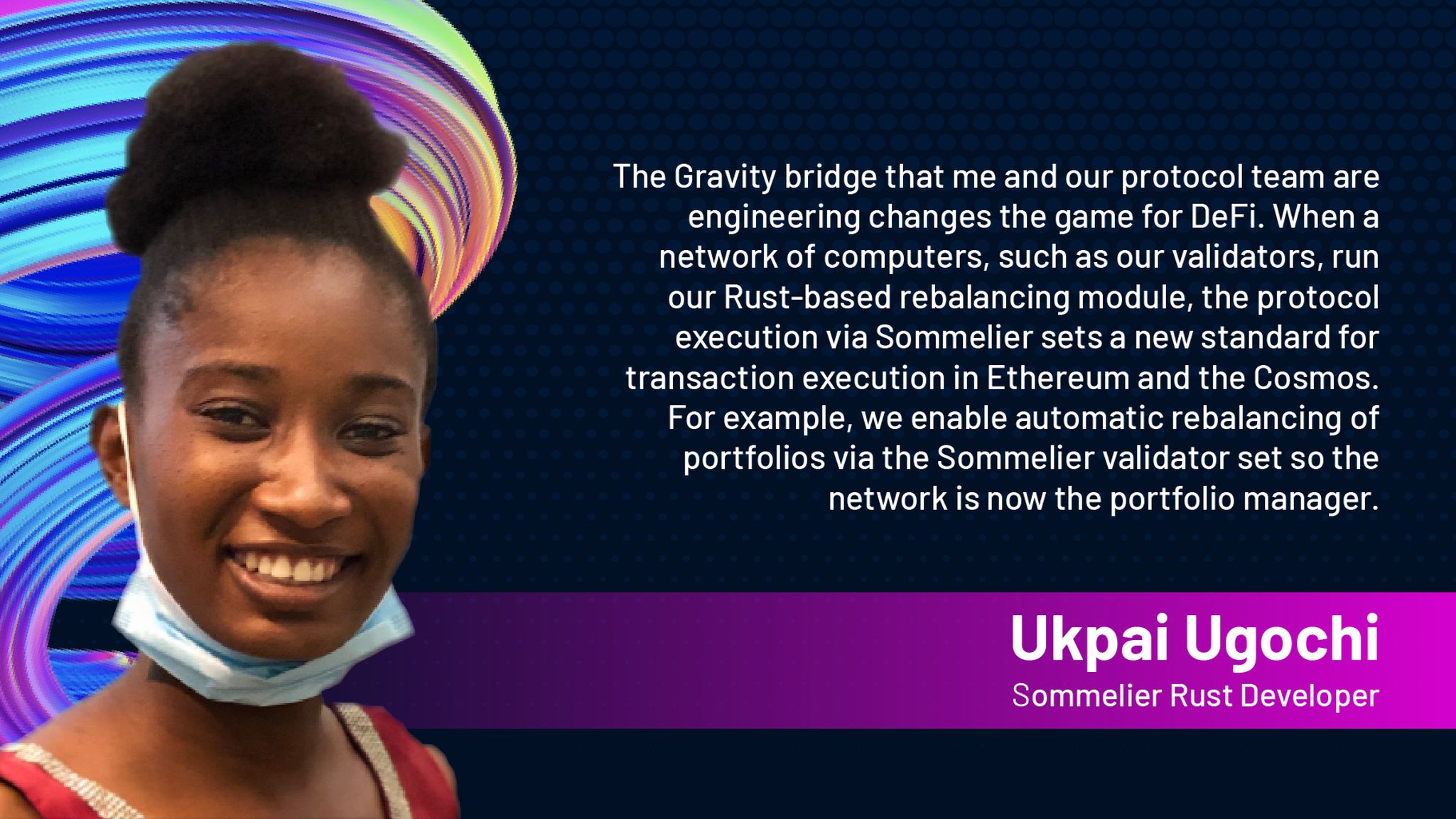
Introducing Ukpai Ugochi - Working on The Sommelier Cellars Rebalancer

Sommelier Announces 23MM Series A Mainnet Round to launch Automated DeFi via the Cosmos
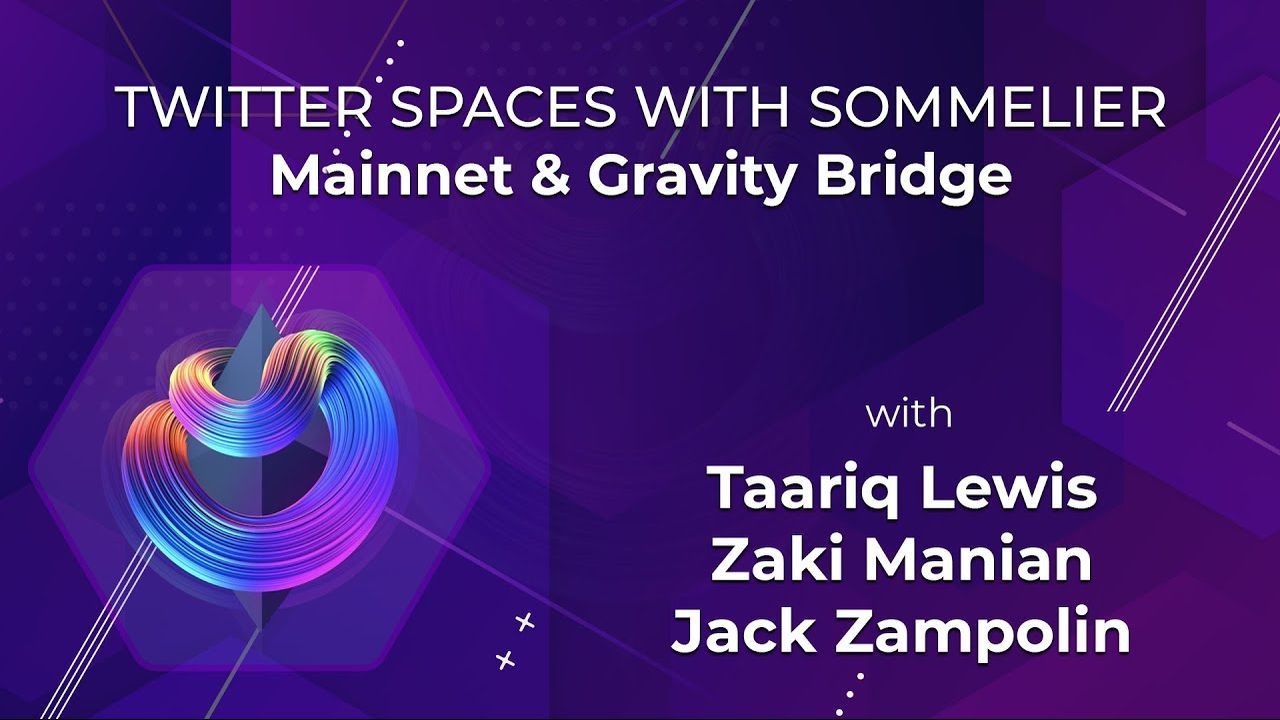
Twitter Spaces With Sommelier: Mainnet Launch & Gravity Bridge

Twitter Spaces With Sommelier: Introducing SOMM Tokenomics

Twitter Spaces With Sommelier: Mysten Labs AMA With Evan Cheng

Introducing SIPS and Sommelier’s Governance Structure

Twitter Spaces With Sommelier: End of Year AMA 2021

Twitter Spaces With Sommelier: Intro to SIPS & Lisbon Blockchain Week

Twitter Spaces With the Sommeliers: Mainnet Update and Governance Launch

Sommelier Partners With Mysten Labs to Make Sommelier and All Cosmos Blockchains the Fastest Protocols on the Planet

Twitter Spaces With the Sommeliers: Sushi AMA With Joseph Delong
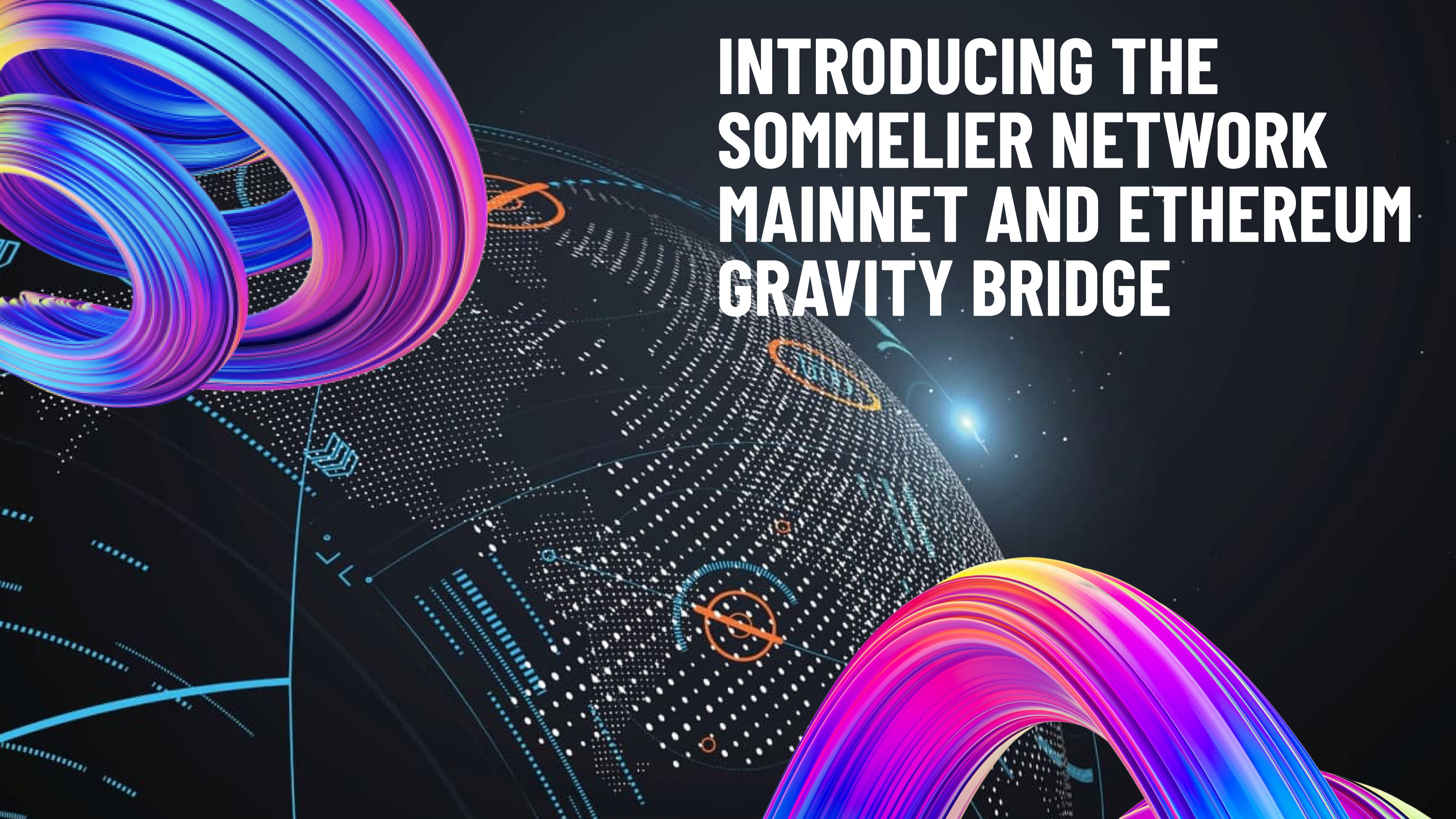
Introducing the Sommelier Network Mainnet and Ethereum Gravity Bridge
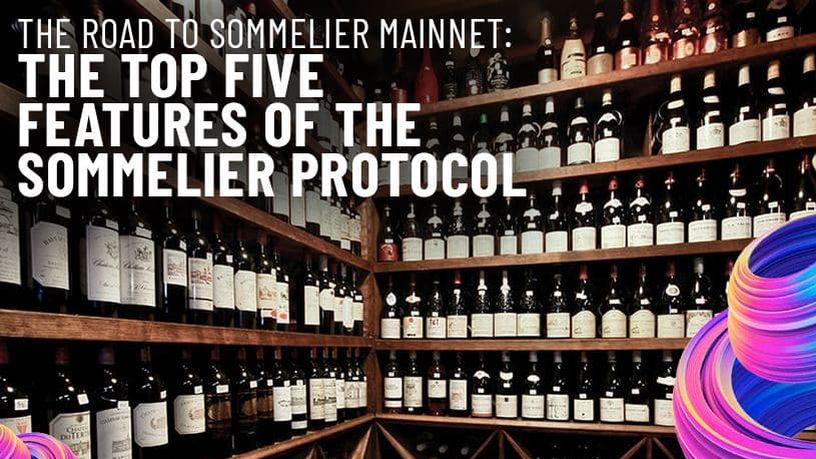
The Top Five Features of the Sommelier Protocol

Call for Validators: The Two Step Process for 2021

Two New Features Launched to Test Liquidity Management on Uniswap v3

Uniswap v3 Remove Smart Contract Incident Post Mortem for Sommelier
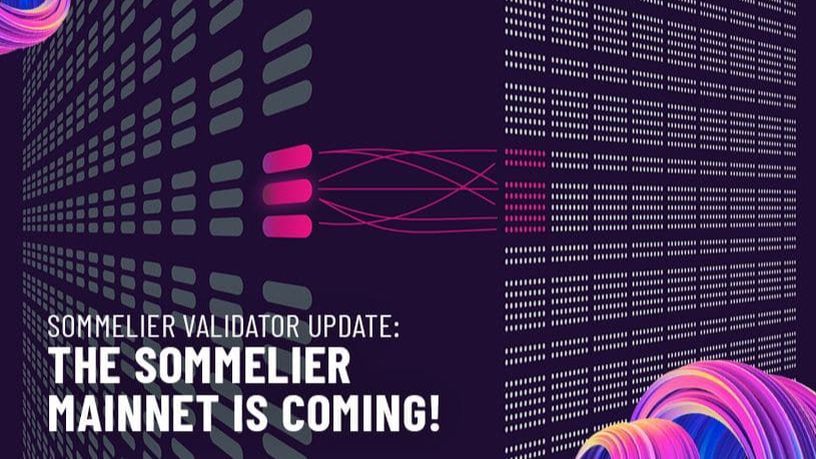
Call for Validators: Road to Sommelier Mainnet
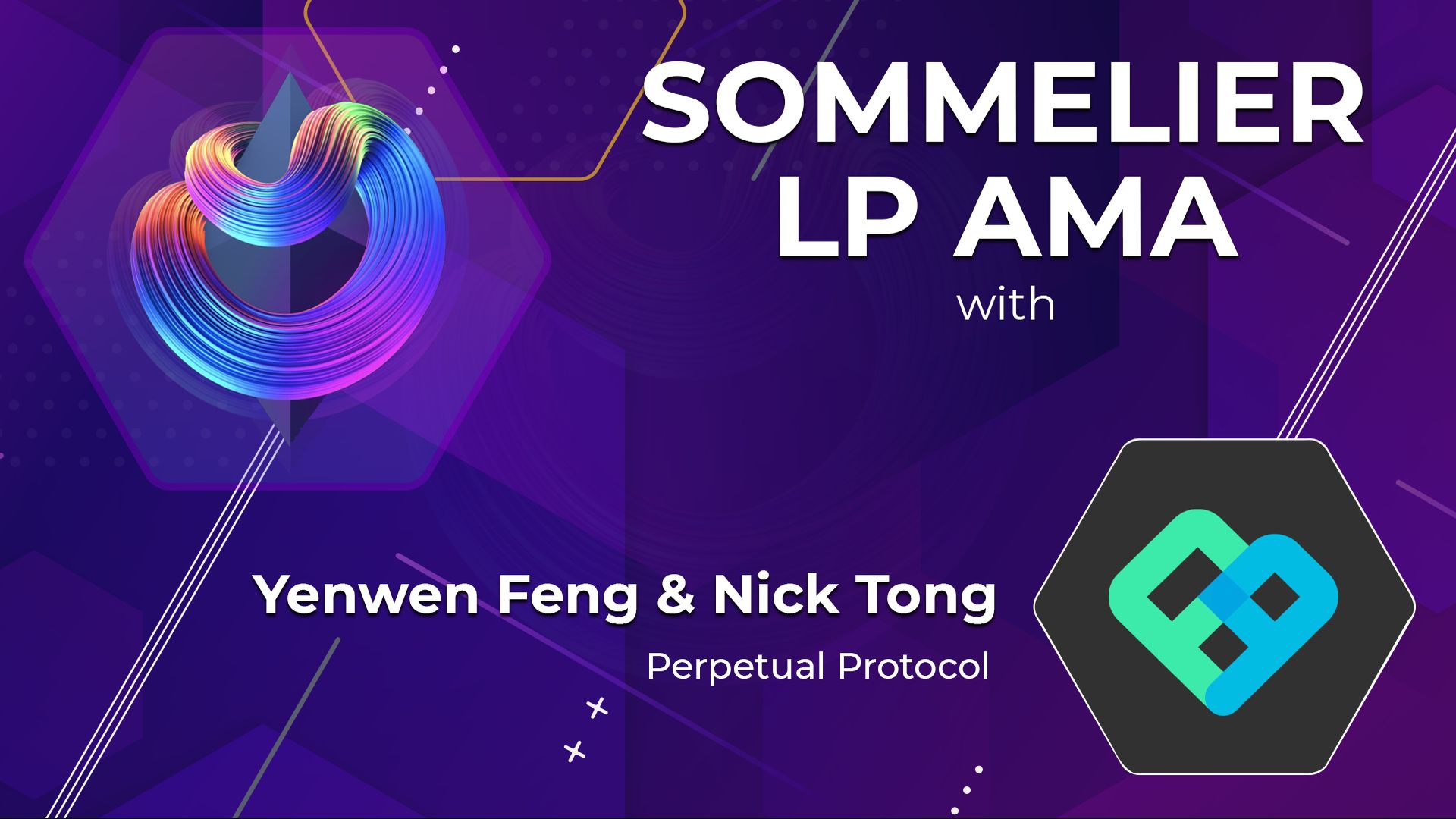
Sommelier Liquidity AMA With Yenwen and Nick From Perpetual Protocol
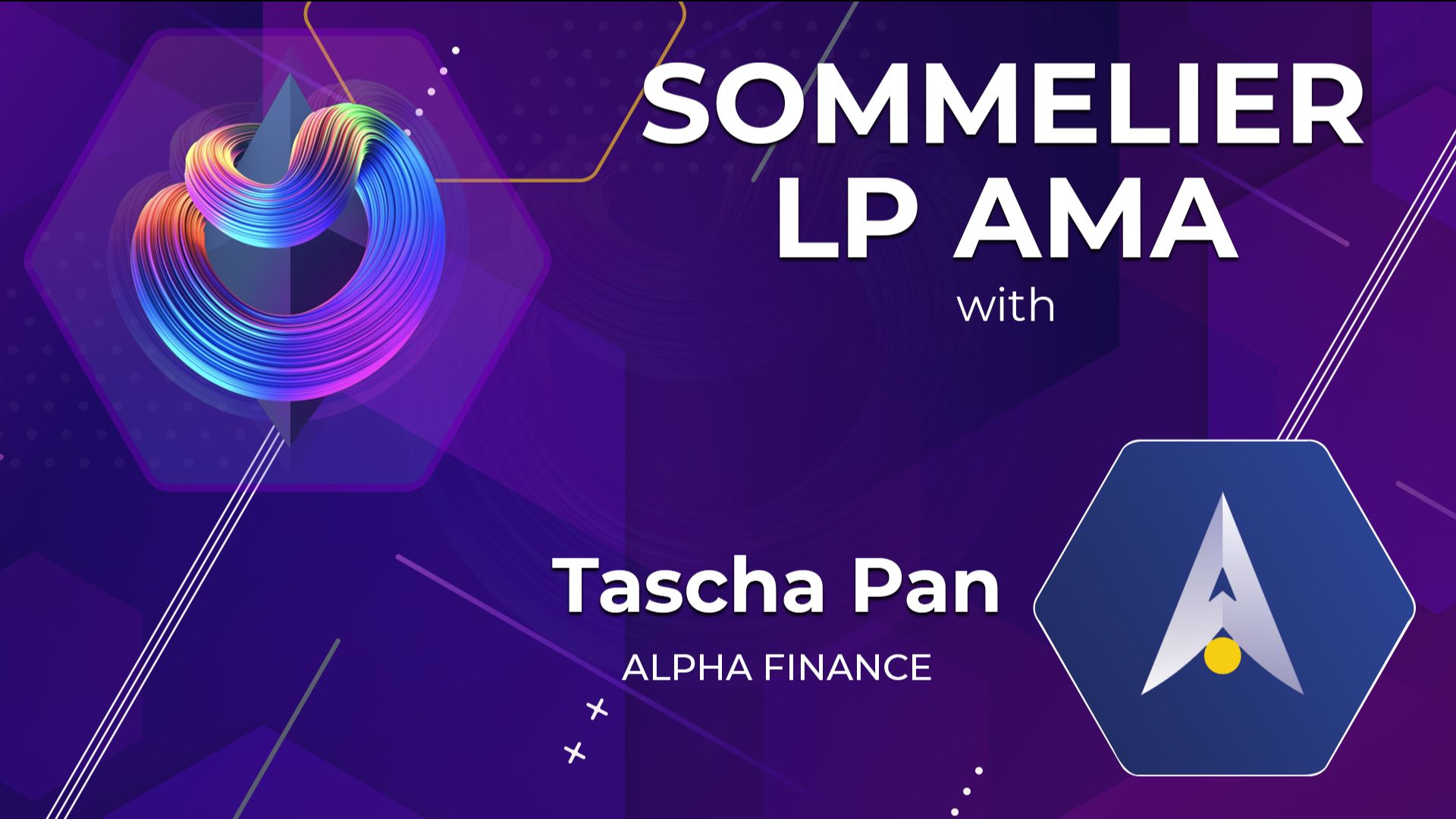
Sommelier Liquidity AMA With Tascha Pan From Alpha Finance
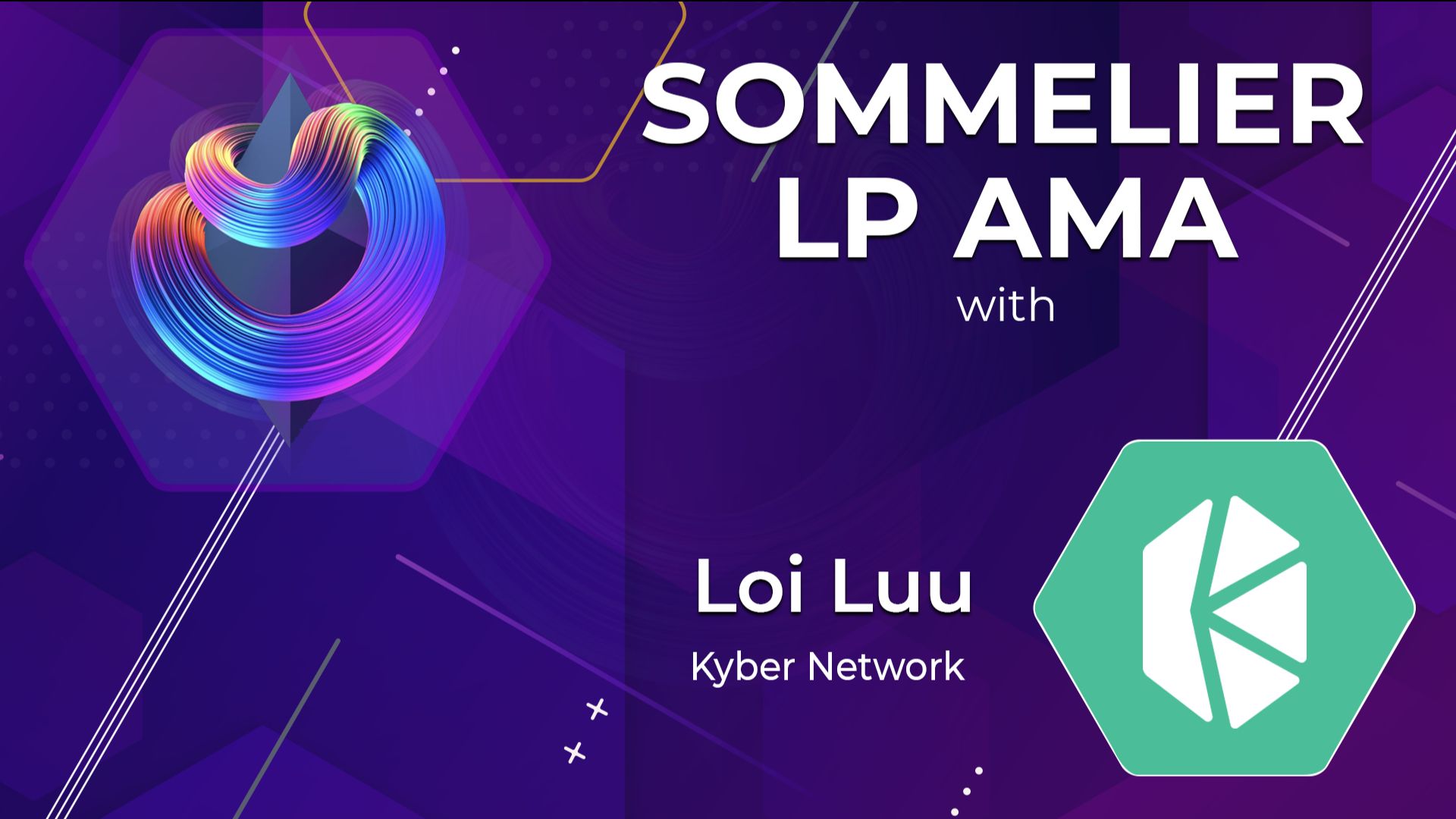
Sommelier Liquidity AMA With Loi Luu From Kyber Network

Sommelier Liquidity AMA With Alex From Peanut
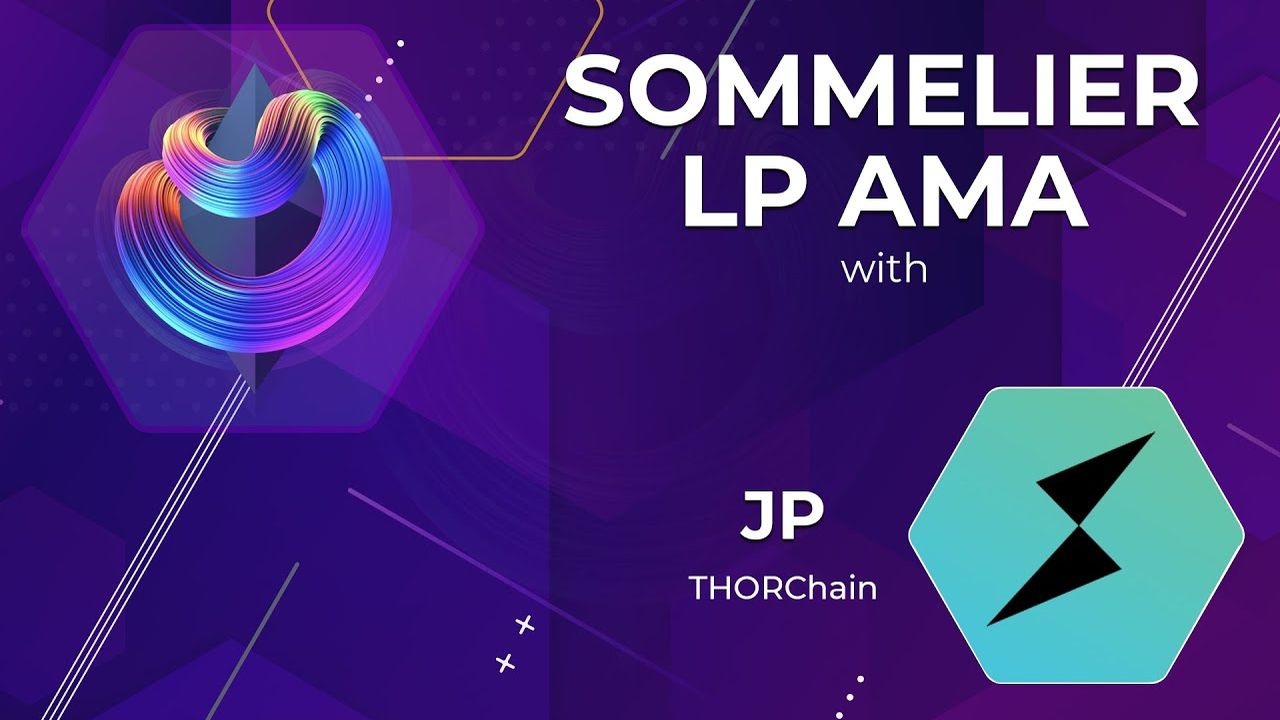
Sommelier Liquidity AMA With JP From THORChain

Sommelier Liquidity AMA With Alan Chiu From OMGX Network

Sommelier Liquidity AMA With Ari From Gelato Network
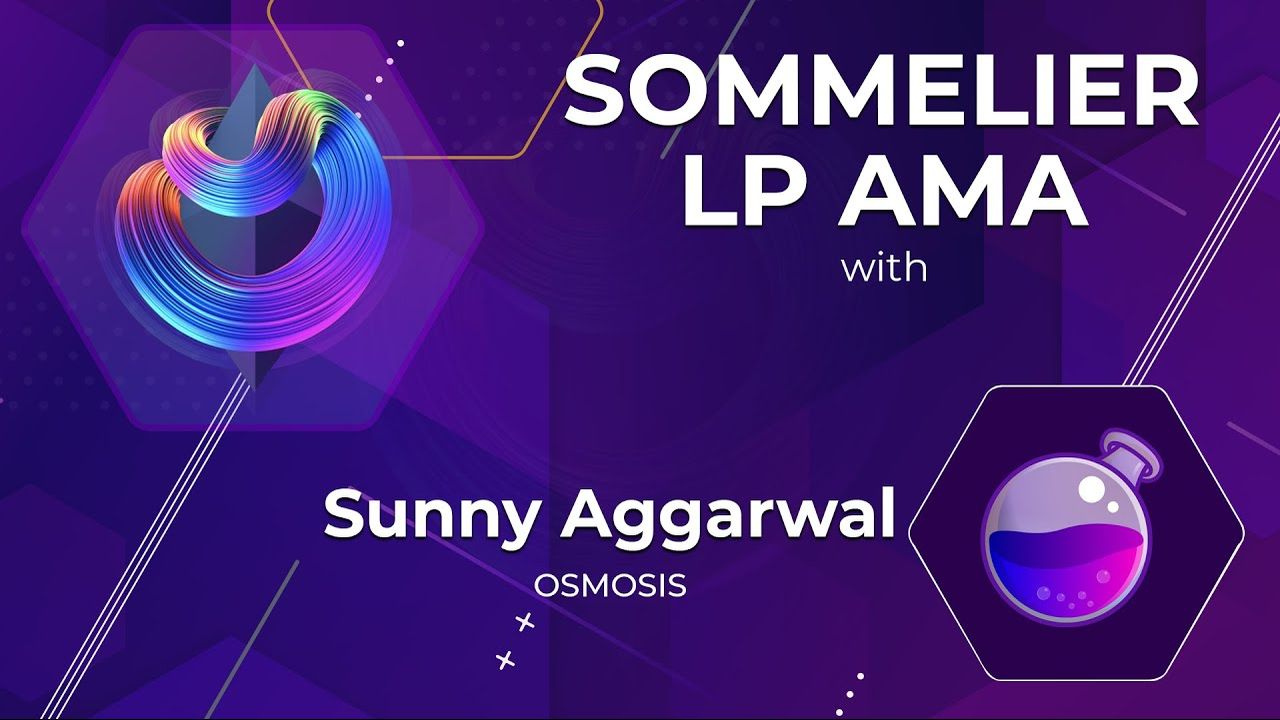
Sommelier Liquidity AMA With Sunny Aggarwal From Osmosis

A Fine Sommelier Explanation of Bollinger Bands With Kevin Kennis

Sommelier Liquidity AMA With Mona El Isa From Enzyme

Sommelier Liquidity AMA With Haxor From Method Finance

Sommelier Liquidity AMA With Tor From Secret Network

Liquidity Provider Insights With Zaki Manian - Ep. 7 - DeFi Automation Space on Uniswap v3 and Where Sommelier’s Heading

Sommelier Liquidity AMA With Geralt From CyberFi

A Pairings Tutorial of Two Sided Liquidity Addition with Sommelier

Liquidity Provider Insights with Zaki Manian - Ep. 6 - Liquidity Providers Need to Gear Up for a Multi-Chain World

Three New Summer Features for Liquidity Providers

Sommelier Liquidity AMA with Tom C and Max W from Charm

Sommelier Liquidity AMA with Dereek69 & Shalaquiana from BIOPset

Sommelier This Week - June 3rd 2021: The Road to Mainnet
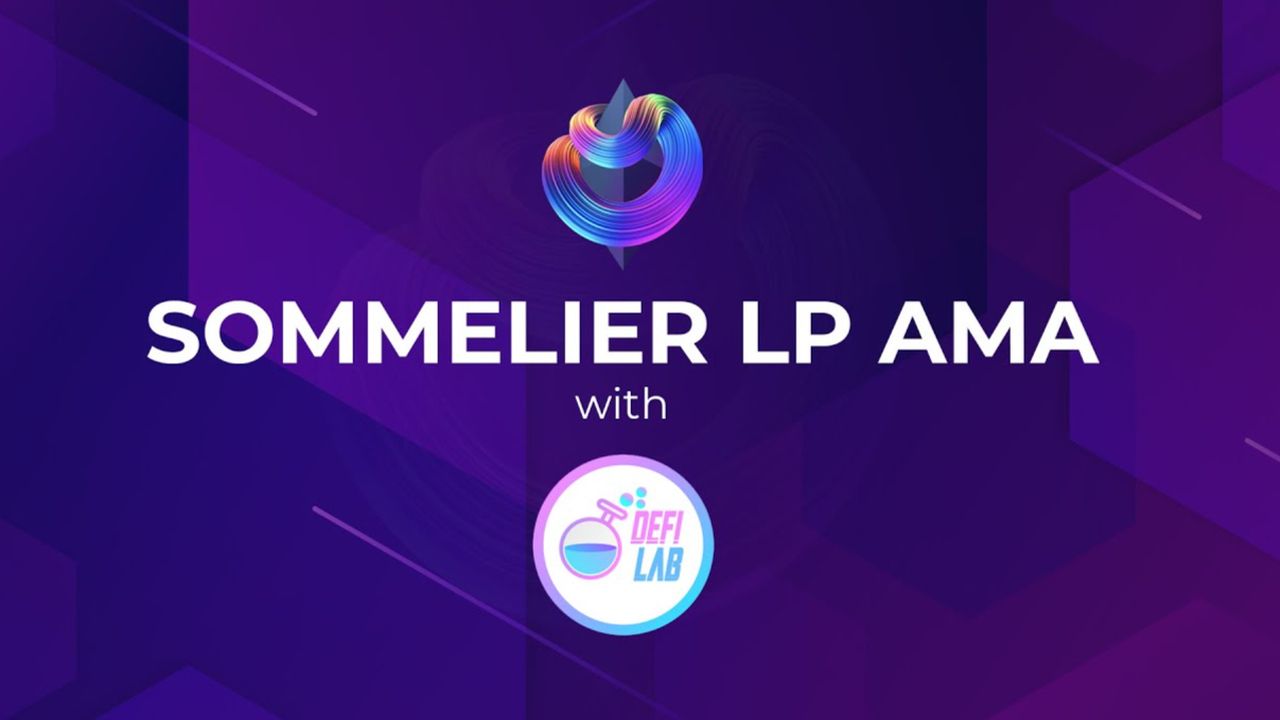
Sommelier Liquidity AMA with Federico Landini from DefiLab

Sommelier Liquidity AMA with Michael Egorov from Curve

Liquidity Provider Insights with Zaki Manian - Ep. 5 - A Bright Light at the End of a Long, Tough Weekend for Bitcoin

Sommelier This Week - May 27th 2021: What Aspiring Sommelier Validators Need to Know on Last Week’s Protocol and App Progress

Liquidity Provider Insights with Zaki Manian (Special Edition) - Ep. 4 - New Pairings Release

Sommelier R&D AMA With Yaniv Tal From the Graph

Sommelier Liquidity AMA with MacLane Wilkison from NuCypher

The Eight Steps to Become a Liquidity Provider with Pairings

Sommelier NFT Awards - May 18th, 2021
Pairings By Sommelier: The FAQ

Zaki Manian Breaks Down What Liquidity Providers Need to Know Under Uniswap v3

Sommelier This Week - May 6th 2021: How This Week’s Protocol and App Progress Weaves Together to Make a Product
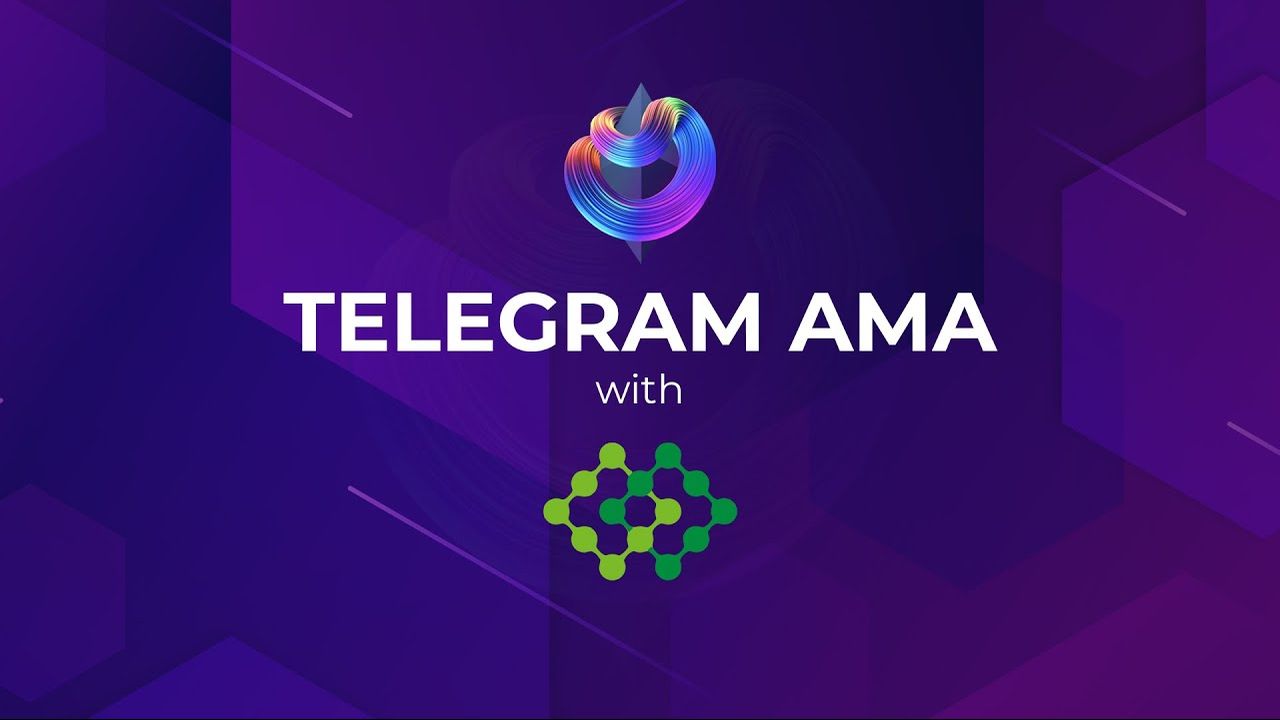
Sommelier Liquidity AMA with Dan Thomson from InsurAce

Sommelier This Week - April 29th 2021: Weeks Away From a Taste of the Sommelier App Experience and How the Dev Team Stays on Track
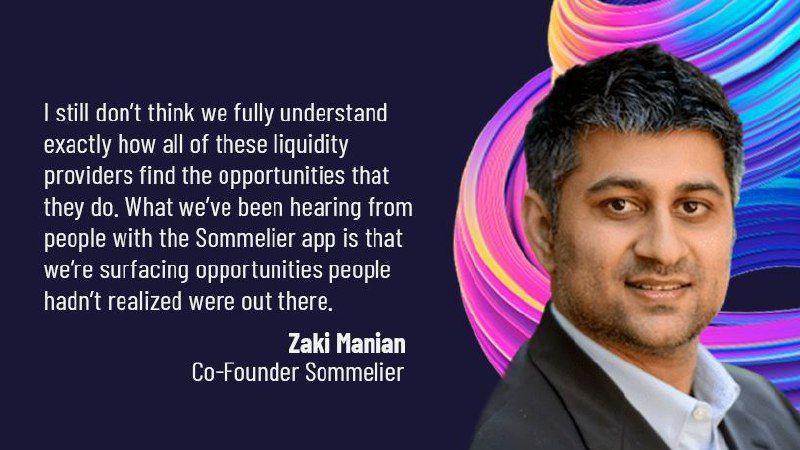
Zaki Manian Breaks Down a Phase Change Liquidity Providers Need to Know About Automated Market Makers

Introducing Jehan Tremback: Sommelier Core Developer and Althea Co-Founder that pushes the Limits of the Blockchain Bridge with Gravity

Sommelier This Week - April 22nd 2021: An Inside Look at Progress on Coordinating Sommelier Components That Contribute to the Chain

Sommelier This Week - April 15th 2021: Providing a Best-in-Class Experience for Uniswap Liquidity Providers

Sommelier Announces $1M R&D Grant from The Graph Foundation

Introducing LP Rewards: This Week With Cellframe

Introducing Deborah Simpier: Althea CEO and Sommelier Co-Founder Who Brought the Gravity Bridge to Life in The Cosmos

Sommelier This Week - April 8th 2021: What Uniswap v3 Means For Sommelier Architecture and Validators

Introducing Sommelier LP Rewards Program

Sommelier This Week - April 1st 2021: Gravity Bridge and Private Testnets

Blockchain startup decides to acquire a California winery and host NFT wine parties
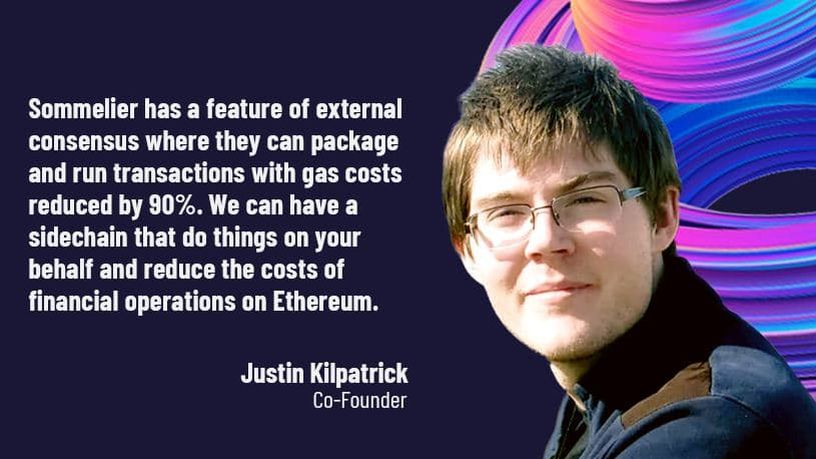
Introducing Justin Kilpatrick: The Blockchain Bridge Wizard Who Maintains Gravity

Five Ways UniswapV3 changes the world for Liquidity Providers on the AMM
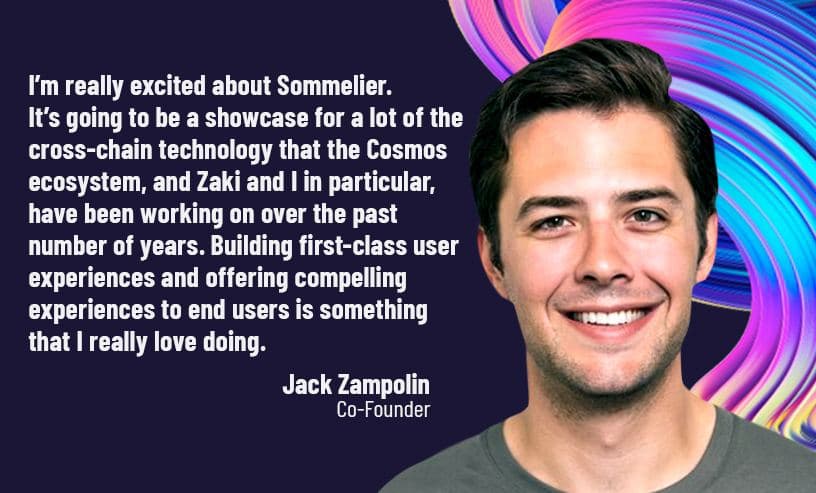
Introducing Jack Zampolin: On Becoming A Sommelier in The Cosmos
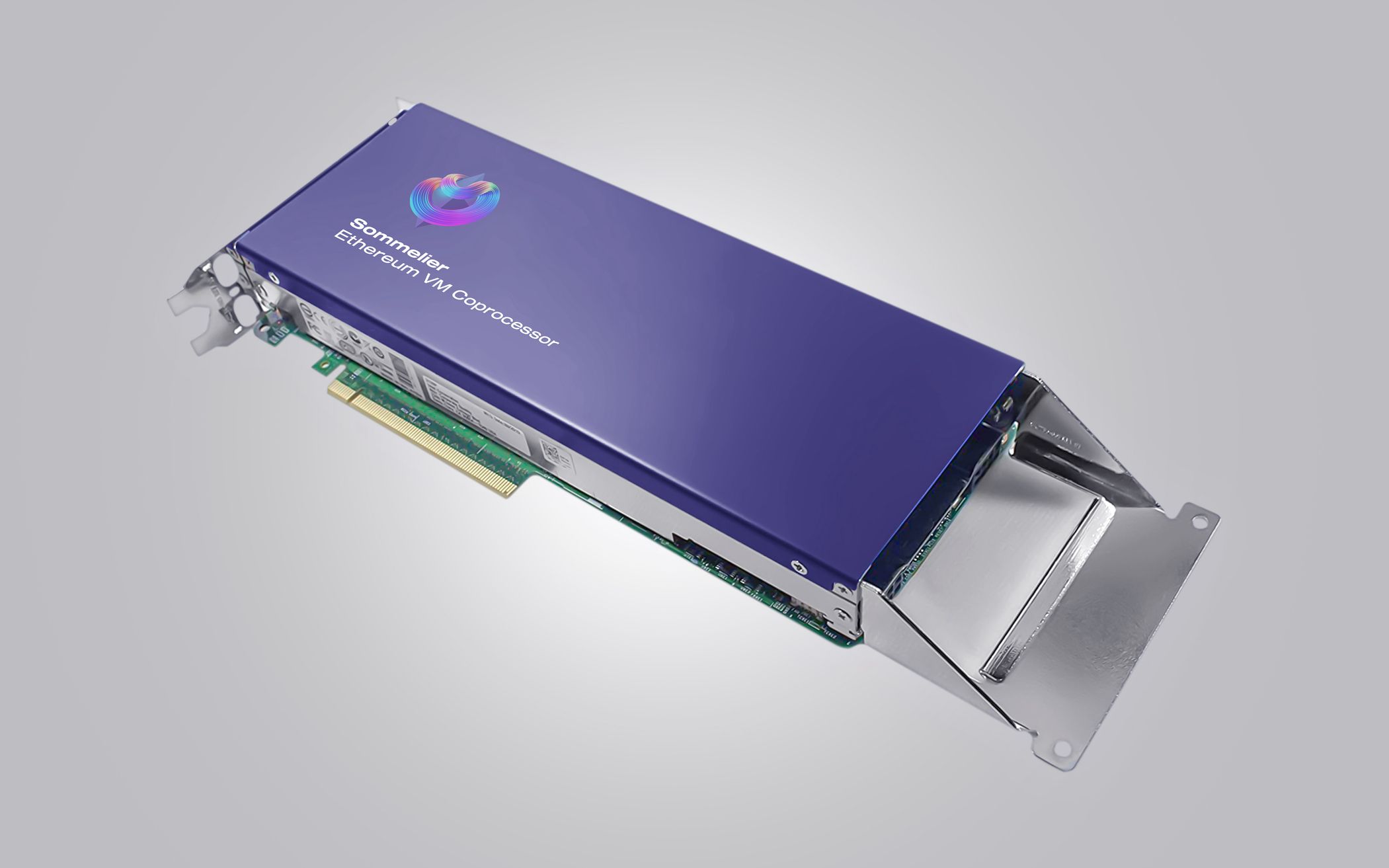
Sommelier: Welcome To The New CoProcessor For Ethereum
© 2025 Somm by Bajanss OÜ –Maakri 36-50, Tallinn, Estonia 10145